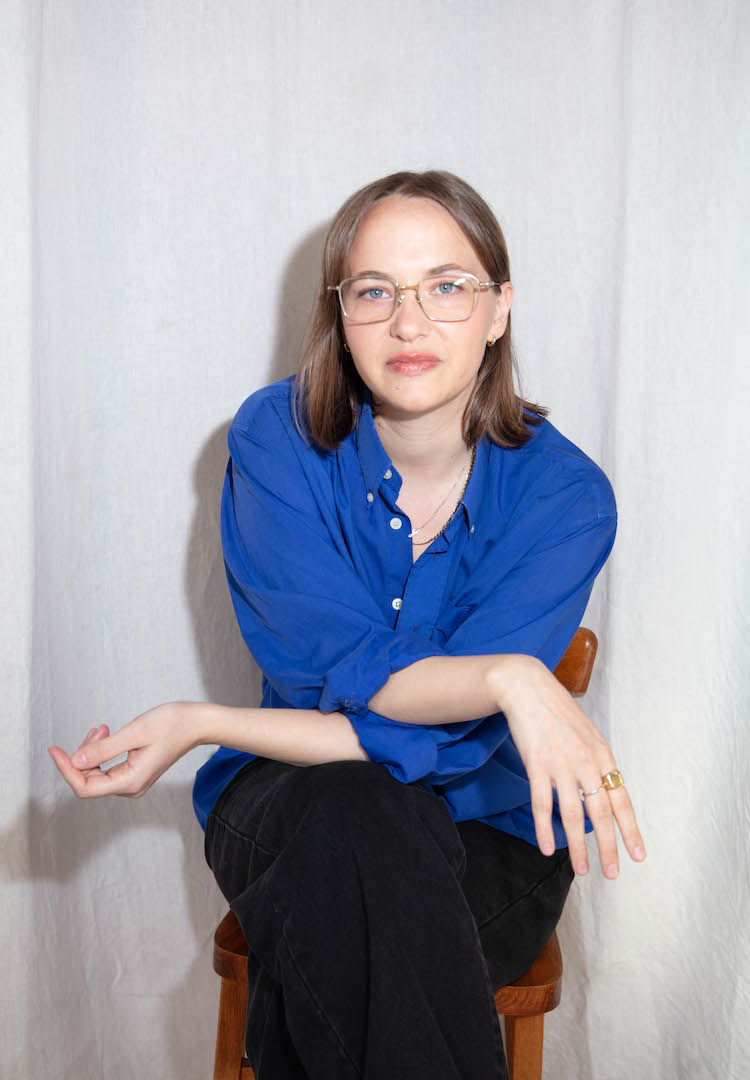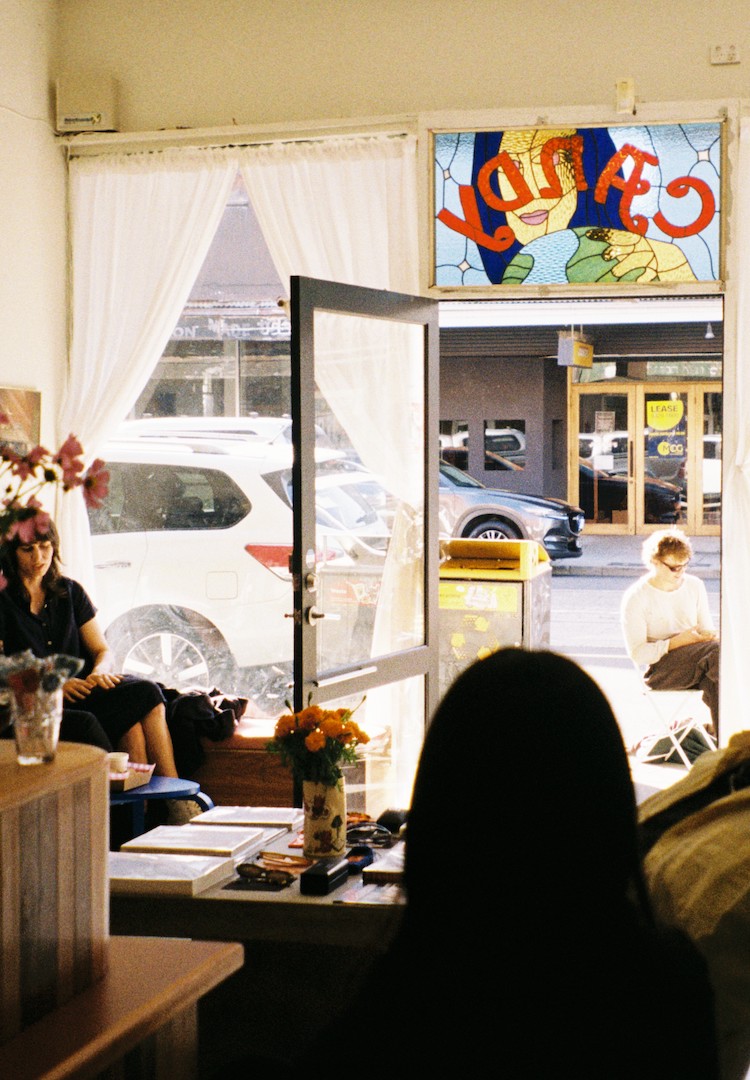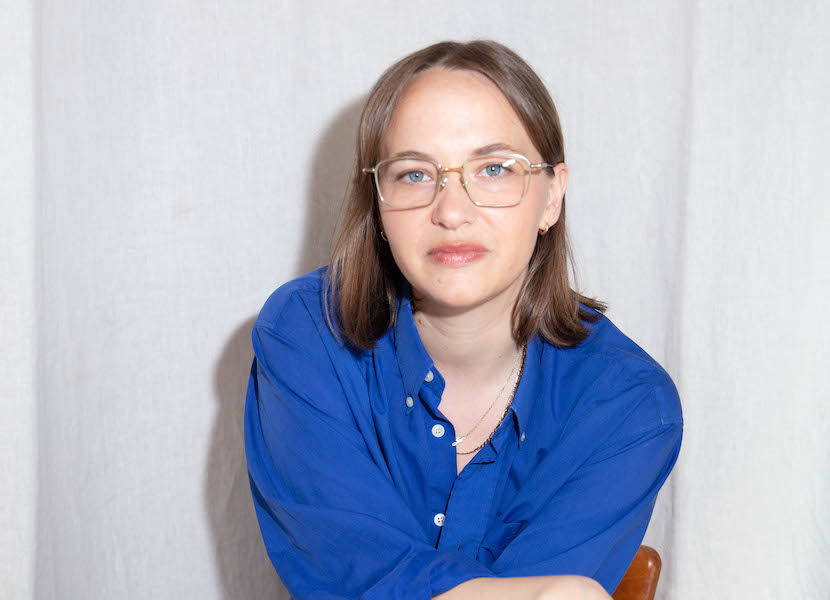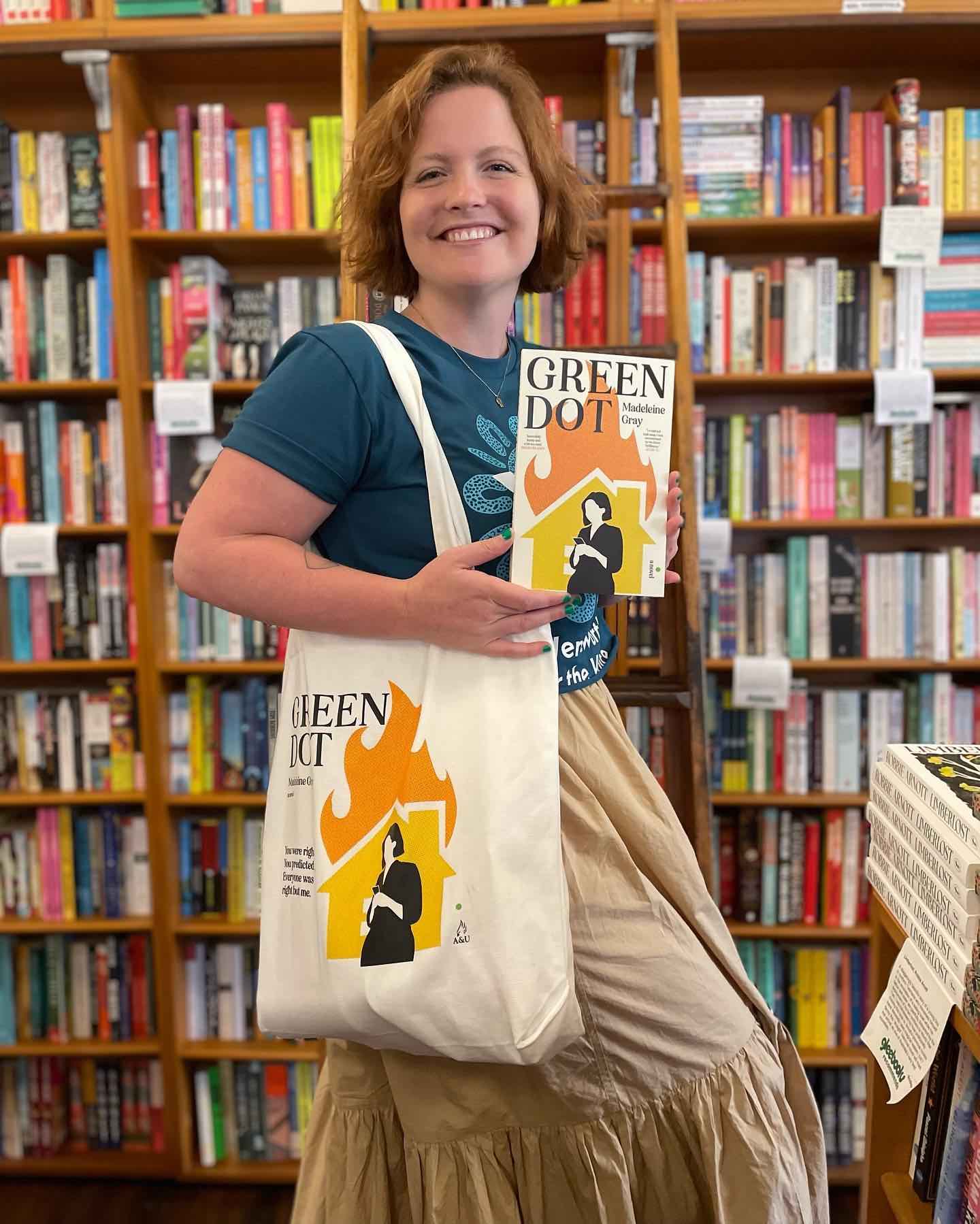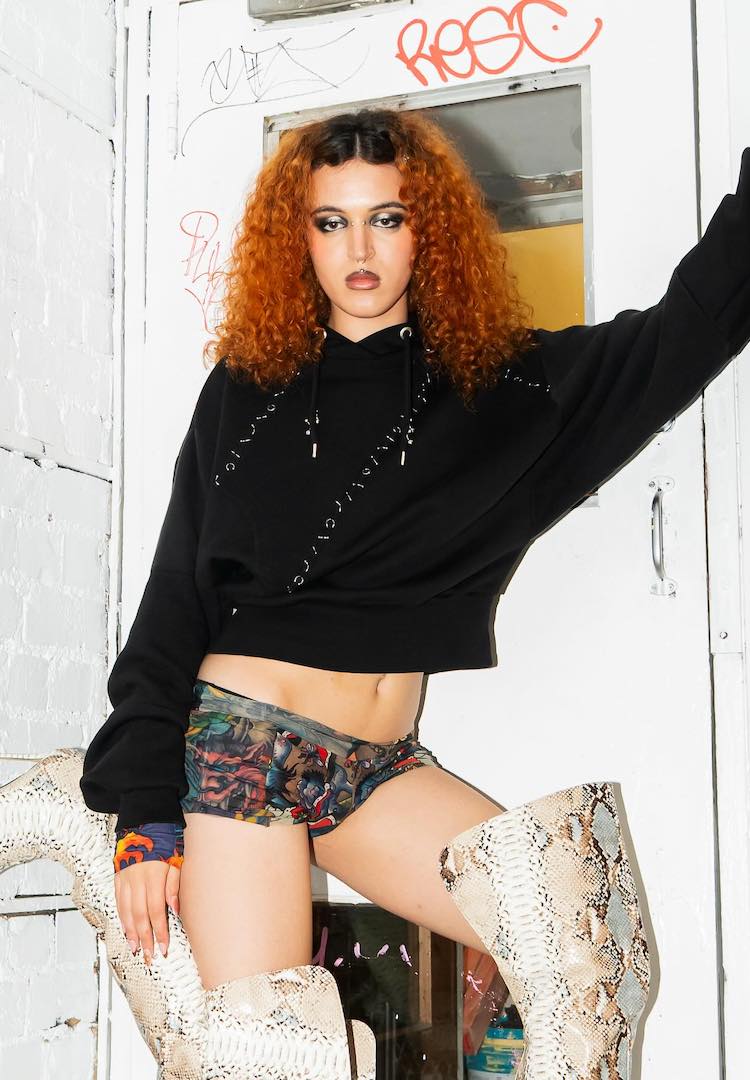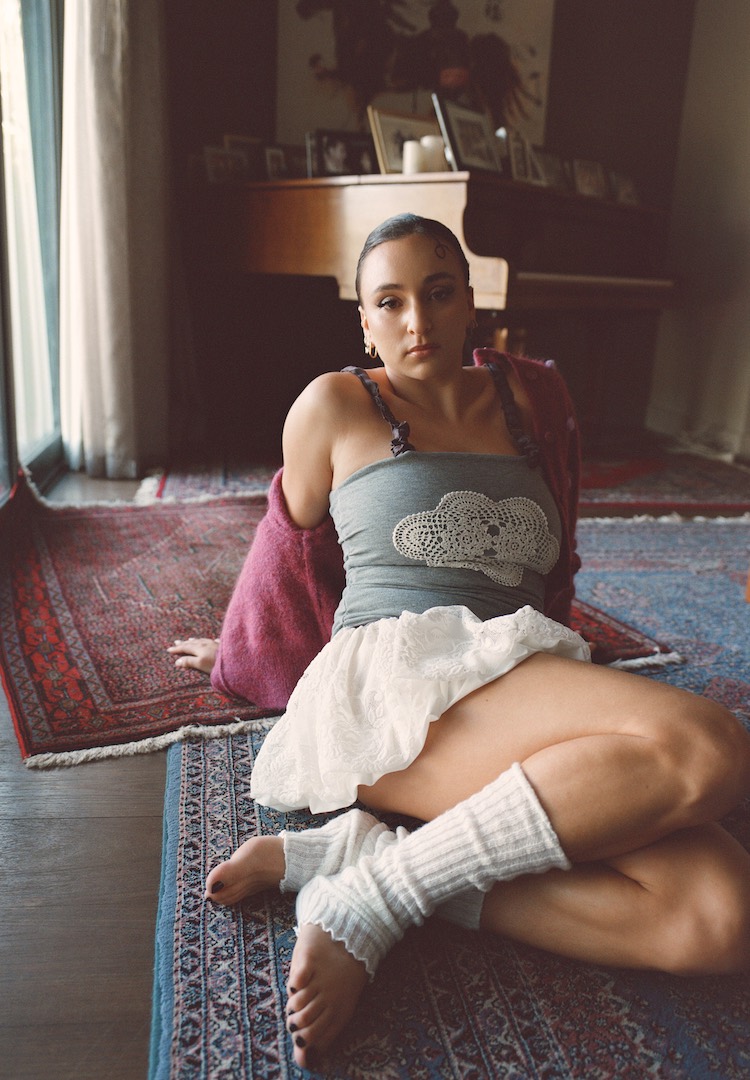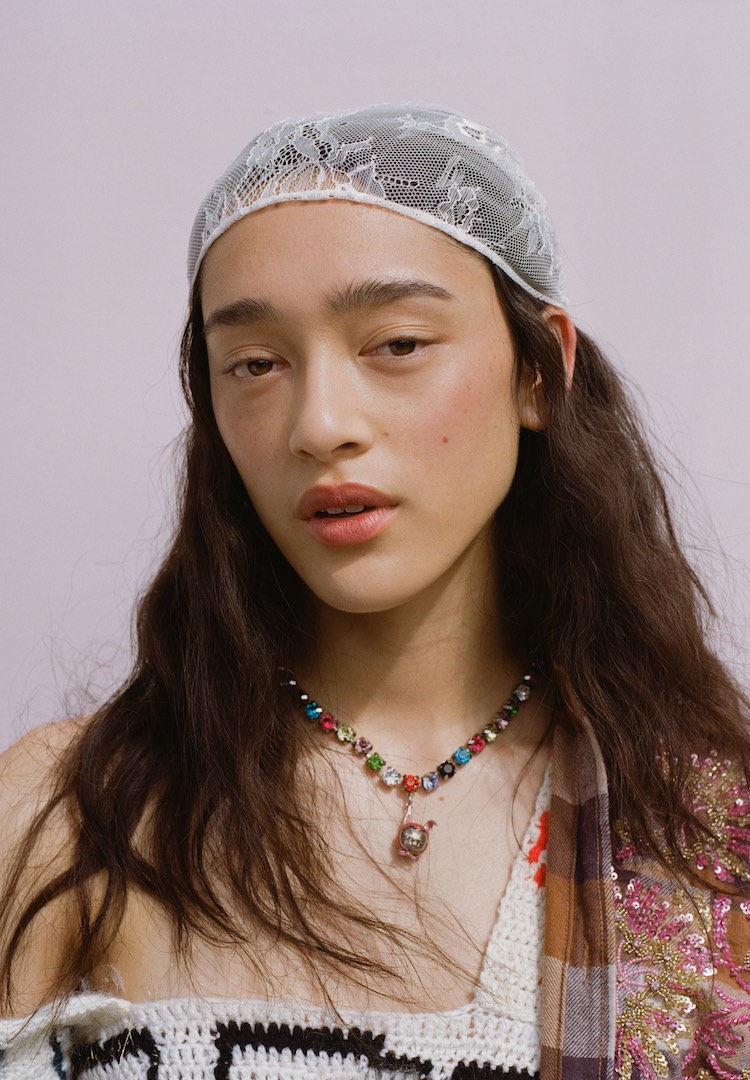How I Got Here: An art director’s guide to surviving (and thriving) in adland
Photography by Assignment Studio
Words by Fashion Journal
“There’s something to be said for letting creativity be playful and instinctive – especially in an industry that so often tries to box it up and measure it.”
Have you ever stalked someone on LinkedIn and wondered how on earth they managed to land that wildly impressive job? While the internet and social media might have us believe that our ideal job is a mere pipe dream, the individuals who have these roles were in the same position once, fantasising over someone else’s seemingly unattainable career.
But behind the serious titles and fancy work events lies a heck of a lot of hard work. So what lessons have been learnt and what skills have proved invaluable in getting them from daydreaming about success to actually being at the top of their industry?
Looking for a new 9 to 5? Head to our Careers page for new listings daily.
Welcome to How I Got Here, where we talk to women who are killing it in their respective fields about how they landed their roles, exploring the failures and the wins, and most importantly the knowledge, advice and practical tips they’ve gleaned along the way. This week, we hear from Bryony Platings, Art Director in Advertising at Clemenger BBDO in Melbourne.
Bryony had no idea she would end up working in advertising. School was never her happy place and it wasn’t until she got accepted into art college that she started to recognise her strengths. “That was the first time I felt like I might be good at something and my overactive thinking might be of worth,” she says. “This eventually led me into the bizarre industry of creative advertising.”

Like many creatives who end up in corporate roles, Bryony was no stranger to the dreaded imposter syndrome. “I used to feel totally inferior because my ideas weren’t like this or that person’s, or my work didn’t look like someone else’s. I genuinely believed there was a magic creative box that I was supposed to fit into,” she explains.
Following a formative stint working at an experience design studio (“immersive smell chambers, edible clouds, that sort of thing”), Bryony landed her current role as an art director at one of the country’s largest and most recognised ad agencies, Clemenger BBDO. Learning to value her personal perspective on a brief – even if it was completely different to the rest in the room – was a key learning curve that got her there.
But of course, not all briefs are the big, shiny, career-defining ones, and not all your ideas can be good. “A common term in the industry is “kill your babies” which is a really weird thing to say. But if you want to survive in advertising without developing a permanent facial twitch, then you have to learn how do this pretty quick.”
Fashion Journal: Hi Bryony! Tell us a little about who you are and what you do.
Hello! I’m Bryony, I’m an Art Director in Advertising at Clemenger BBDO in Melbourne. I spend most of my week convincing people that an idea I had on the couch is worth lots of thousands of dollars. I’m originally from London. I enjoy baking on the weekends and spending unhealthy amounts of time with my exquisite feline friend, Celeste.
My job is a mixture of big thinking, visual decisions and spiralling conversations about things that don’t exist yet. Sometimes it’s the most fun ever and other times it can break your heart – but I feel exceptionally lucky that I get to do this for my career.
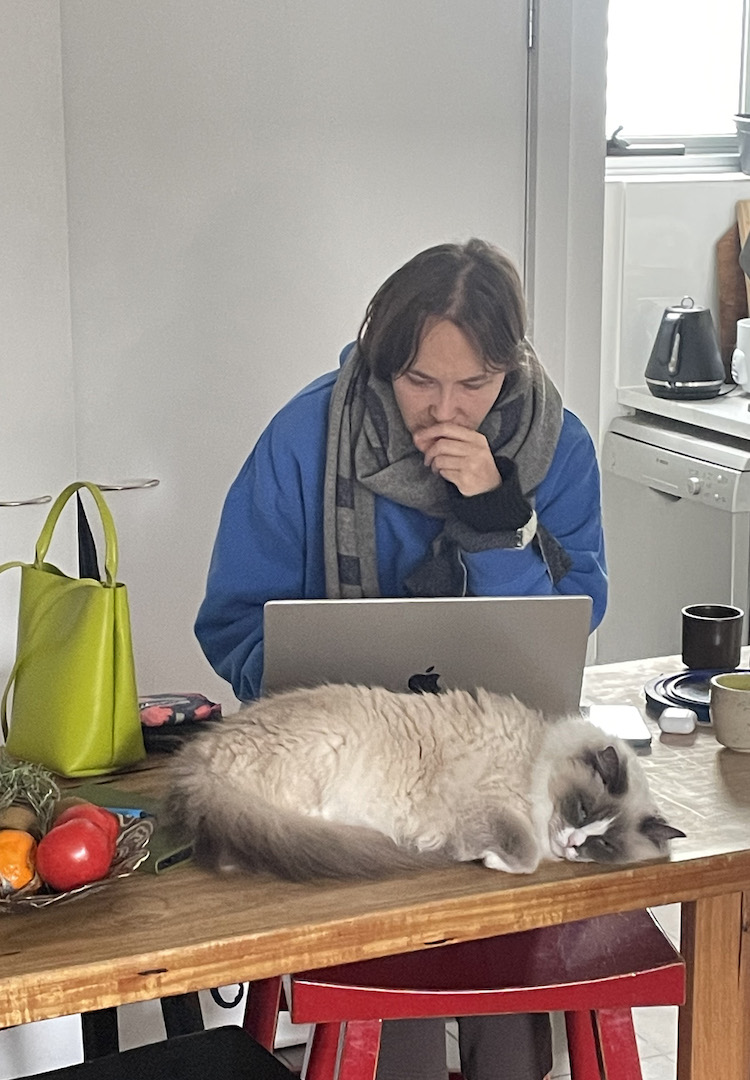
Bryony and Celeste.
Did you have an idea of your dream job growing up, or know the field you wanted to end up in?
Not even slightly. I was never the cleverest, the fastest, or the most promising at school. Quite the opposite actually. If my high achiever friends needed someone to make them feel better about their A-, I was always there with a big fat D.
The art room should have been the obvious place where I felt safe but that’s where Miss Hemmens (name not changed to protect identity) once screamed at me that I was a failure. School just wasn’t for me but thankfully, she was wrong and I got into a brilliant art college. This is where my tutors saw something in my ideas, and they listened and helped me shape them. That was the first time I felt like I might be good at something and my overactive thinking might be of worth – this eventually led me into the bizarre industry of creative advertising.
Take us back to when you were first starting out. Did you start as a junior and climb the ranks?
I really went around the houses to get to my current role. Some of my peers went straight from uni into agencies but I drifted, detoured, and eventually landed in advertising after Covid forced me to sit still. One of my previous roles was at Bompas and Parr, an experience design studio that made wildly imaginative, sensory-driven installations: jelly shaped like cathedrals, immersive smell chambers, edible clouds, that sort of thing.
It was a chaotic but very formative working environment. I was surrounded by some of the most creative minds I’ve ever met, and through osmosis I learned how to build an atmosphere and how to take a maximalist approach to ideation. On a flight once, Mr Parr said to me, “If you think about an idea too much, you ruin it.” And that’s always stayed with me. I think there’s something to be said for letting creativity be playful and instinctive – especially in an industry that so often tries to box it up and measure it.
All of this to say, even if you don’t take the straight route, this field is all about human insight, so no matter your experience, it’s going to be useful and you’ll be able to draw from it. My creative partner worked at Woollies for four years before turning to advertising and he talks about stacking shelves all the time.

Let’s talk about expectations versus reality. Before you started as an art director, what did you think you’d be doing?
This is a tricky one because it changes all the time. I suppose I thought I’d spend all day, every day, thinking up ideas. And to be fair, a lot of the time I do – I’d say about sixty per cent of my job is exactly that. But not all the briefs are the big, shiny, career-defining ones. We’re not sitting around concepting Super Bowl ads every day. There’s a lot of bread-and-butter work to do – someone has to roll out the 360 campaign and make sure the social posts match the billboards.
I also didn’t realise how often you have to let go. You can fall in love with an idea, build a whole life for it in your mind and then watch it get clinically taken off the table. You have to pivot fast, cheer for other people’s ideas like they’re your own, and not take any of it personally. A common term in the industry is “kill your babies” which is a really weird thing to say. But if you want to survive in advertising without developing a permanent facial twitch then you have to learn how do this pretty quick.
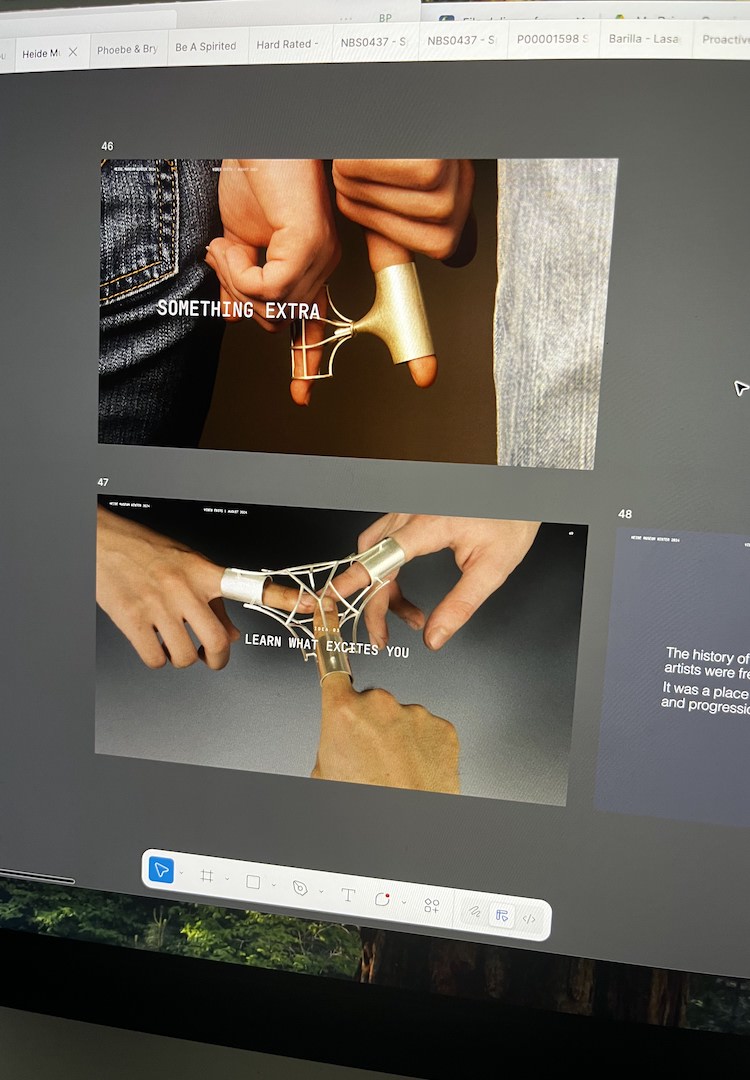
Talk us through a typical Monday, what does your day look like?
After the usual meandering conversations at the coffee machine, on Mondays we’ll check-in with our traffic manager. He walks us through what’s on for the week: we might have a shoot scheduled, a client presentation in need of love, and more often than not, a new brief landing on top of everything else.
Once we’ve got the lay of the land, we’ll find a meeting room and get into ideation mode. We’ll usually pick up a project we’ve been working on and bring in anything that’s surfaced over the weekend – a note scribbled in my teams app, a half-thought that may or may not mean something. I’ll start pulling references, building a visual direction, and testing different ways in.
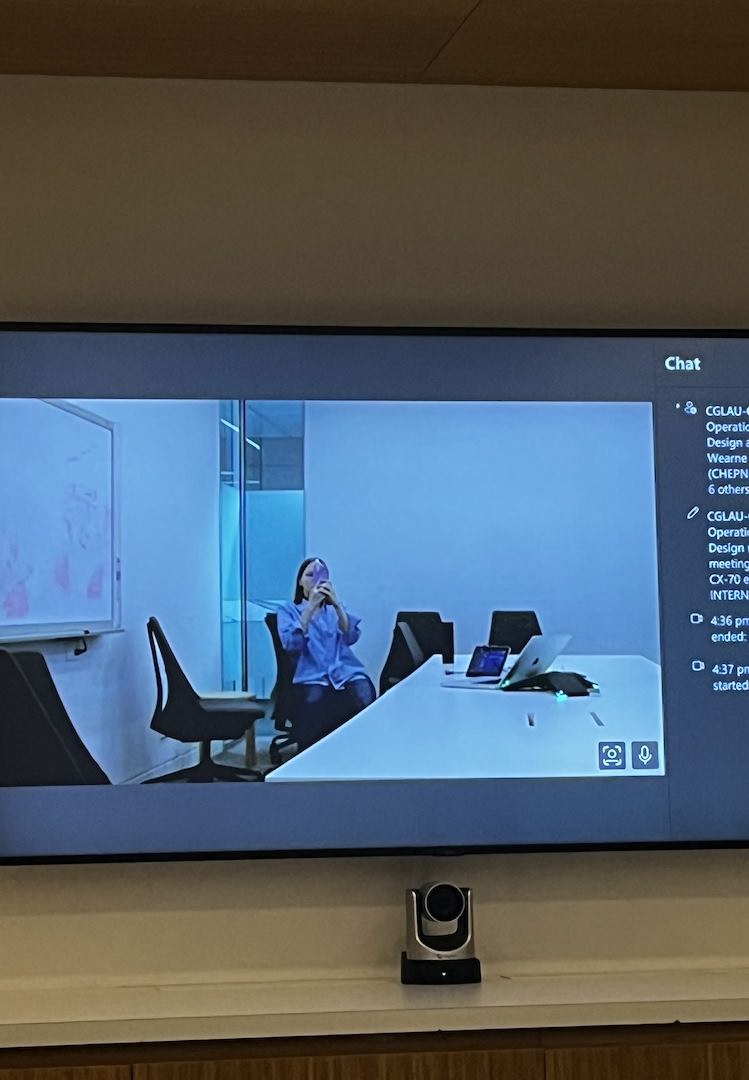
We’re currently working on a big campaign for a beer brand and the client is keen for some fun and oddly-shaped ideas. That doesn’t always happen, so when it does, you make the most of it. They’ve asked for ideas with mischief in them, so we’re literally running at a bazillion ideas for this at the moment. I’ve been having a lot of fun trying to figure out how to get a whoopee cushion into this campaign.
What’s the best part about your role?
The best part is most definitely all the collaboration I get to do. I’m with my creative partner all the time and it’s the best feeling thinking of ideas together and being part of a team. I find solitary creativity and things being all about me incredibly boring. Developing dumb thoughts with friends and turning them into something bigger is where it’s at in my opinion.
It doesn’t end at the office either, as soon as we’ve got an idea signed off by the client, we reach out to production partners and get to engage with some mega-talented directors. If you’re working on a TVC, you essentially set up a mini film set which is a really exhilarating thing to be a part of. And if it’s something a bit less traditional, then you can find yourself working alongside art galleries, architects, food scientists, musicians, comedians — the list goes on.
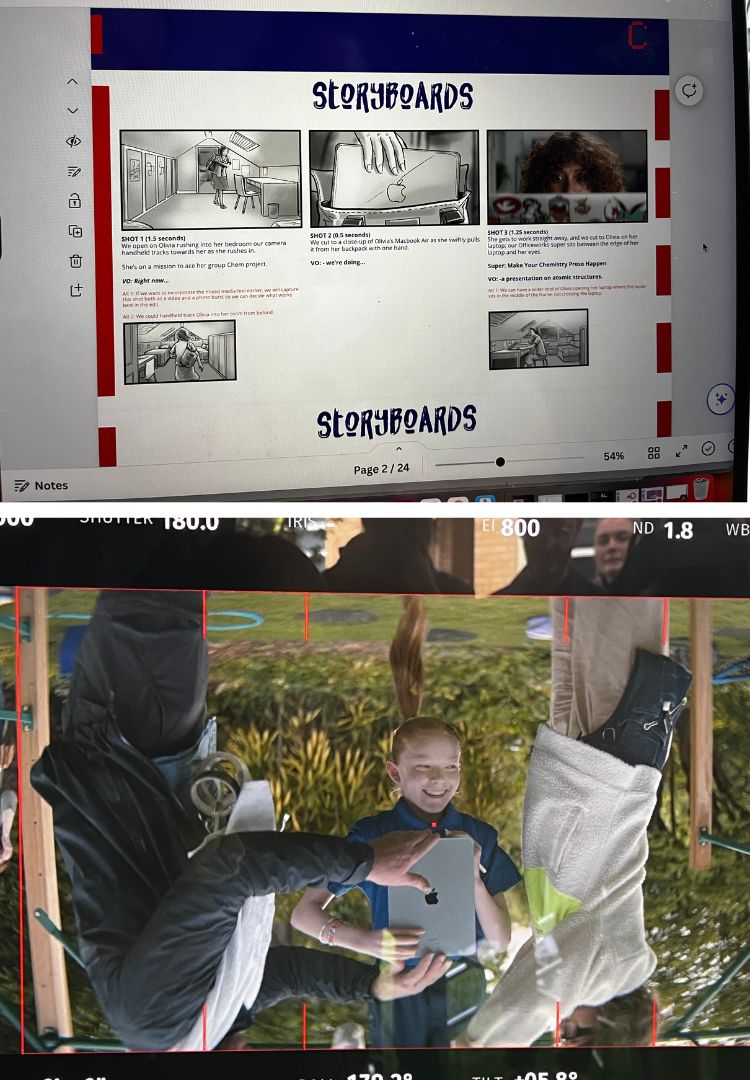
What’s the most challenging part of your role?
Although my role is creative and I’m surrounded by wonderful people, I work in a corporate environment. Corporate life can be pretty cutthroat and if you have paper-thin skin like I do, then it can be a lot sometimes.
What would surprise people about your role?
This is maybe obvious to some but it took me a long time to realise that I was getting paid for my personal perspective. I used to feel totally inferior because my ideas weren’t like this or that person. Or my work didn’t look like someone else’s. I genuinely believed there was a magic creative box that I was supposed to fit into.
But actually my creative directors employ me as a person. I didn’t realise they wanted my perspective on a problem and how I’d go about solving it. My sense of humour, my eye and my words. The amount of ideas I have to come up with is a bit robotic and of course, in commercial creativity, there’s tone and brand guidelines to adhere to. But it’s your personal approach to a brief that’s going to make your ideas richer, resonant and different to anyone else’s. And it’s the same for any creative person.
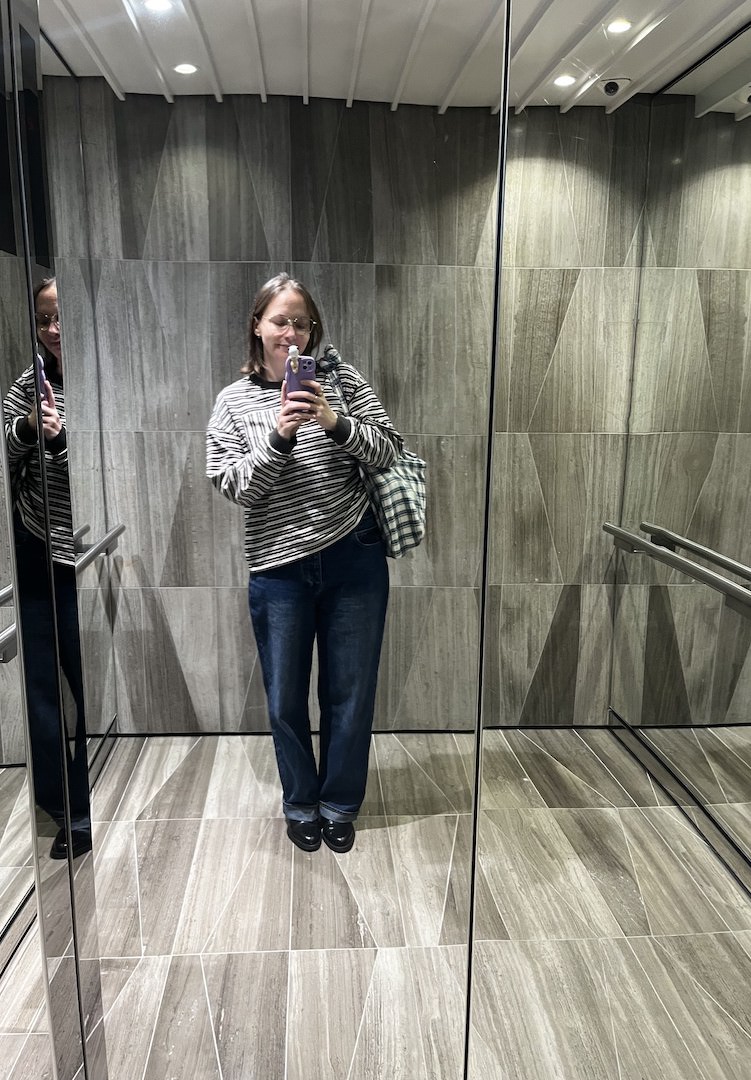
What skills do you need to succeed in your role or industry?
Hmm there are a few things, most of which aren’t hard skills as it’s such a heady job. I think you fundamentally need to really enjoy and get excited by ideas. This isn’t a job that you can do mindlessly and get through the day. You also need to be opinionated, a big thinker, and relentlessly dedicated to thinking of better ideas than the ones you already have.
As for hard skills, most of these can be learnt. A basic understanding of Adobe Suite goes a long way. A bit of public speaking experience (you present to clients and lots of people internally) and then whatever creative hobbies you have outside of work can always be drawn upon. Not baking though – that is utterly useless in this role. I really should have thought that through when I got into it.
I’m tutoring at Award School this year, it’s a 12 week crash course in creative advertising, I would highly recommend this to anyone who’s looking to get into the industry or wanting to switch up their career. You can also get in touch with my gorgeous friends at The Aunties, they’re always there to provide ad-land support for women and marginalised genders.
If you’re interested in a career in creative advertising, try this.


